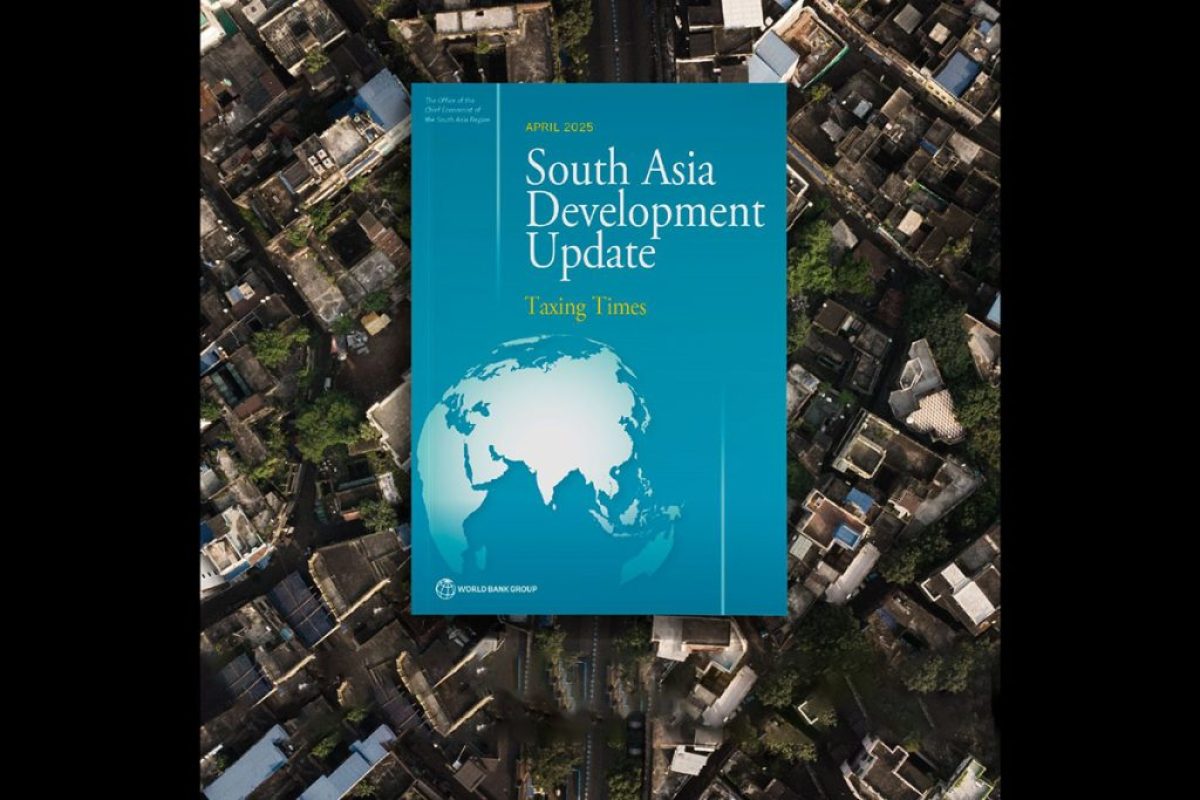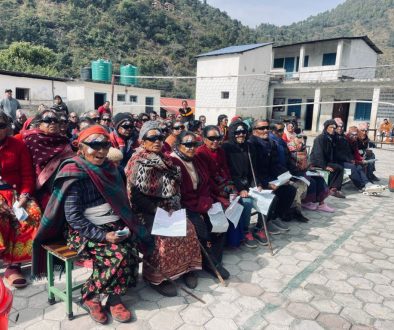South Asia’s growth prospects dimming amid global uncertainty

WASHINGTON: Amid growing uncertainty in the global economy, South Asia’s growth prospects have weakened, with projections downgraded in most countries in the region. Strengthening domestic revenue mobilisation could bolster fragile fiscal positions and increase resilience to future shocks, according to the World Bank’s twice-yearly regional outlook.
Released today, the latest South Asia Development Update, Taxing Times, forecasts regional growth to slow to 5.8% in 2025, 0.4 percentage points lower than October projections, before rising to 6.1% in 2026. The outlook remains subject to heightened risks from a highly uncertain global environment, combined with domestic vulnerabilities such as limited fiscal space.
“Multiple shocks over the past decade have left South Asian countries with limited buffers to withstand an increasingly challenging global environment,” said Martin Raiser, World Bank Vice President for South Asia. “The region needs targeted reforms to address vulnerabilities such as fragile fiscal positions, backward agricultural sectors, and the impact of climate related shocks.”
While tax rates in South Asia are often above the average for developing economies, tax revenues remain lower. On average, between 2019 and 2023, government revenues in South Asia amounted to 18% of GDP, below the 24% of GDP average for other developing economies. Revenue shortfalls are particularly severe for consumption taxes, though corporate and personal income taxes are also affected.
Tax revenues in South Asia are estimated to fall short by 1 to 7 percentage points of GDP based on current tax rates. This gap is partly attributed to widespread informality and large agricultural sectors. However, even accounting for these factors, significant tax gaps persist, highlighting the need for improved tax policies and administration.
“Low revenues are at the root of South Asia’s fiscal fragility and could threaten macroeconomic stability, especially in times of elevated uncertainty,” said Franziska Ohnsorge, World Bank Chief Economist for South Asia. “South Asian tax rates are relatively high, but collection is weak, leaving those who pay taxes with high burdens and governments with insufficient funds to improve basic services.”
The report recommends policies to improve tax revenues, including eliminating loopholes, streamlining tax codes, tightening enforcement, and enhancing tax compliance. Other measures include scaling back tax exemptions, simplifying and unifying tax regimes to reduce incentives for informality, and leveraging digital technology to improve taxpayer identification and collection processes. The report also advocates pollution pricing as a dual strategy to address air and water pollution while raising government revenues.
Country outlooks
Nepal: Economic growth is projected to decline to 4.5% in FY24/25 due to flood and landslide damage and to 5.2% in FY25/26 amid persistent financial system weaknesses.
India: Growth is expected to moderate from 6.5% in FY24/25 to 6.3% in FY25/26, as private investment gains are offset by global economic weakness and policy uncertainty.
Bangladesh: Growth is forecast to slow to 3.3% in FY24/25 amid political uncertainty and financial challenges, with the rebound in FY25/26 downgraded to 4.9%.
Pakistan: Recovering from natural disasters, external pressures, and inflation, the economy is expected to grow by 2.7% in FY24/25 and 3.1% in FY25/26.
Bhutan: Growth is downgraded to 6.6% in FY24/25 due to weak agricultural performance but upgraded to 7.6% in FY25/26 due to hydropower construction.
Sri Lanka: Economic recovery is expected to support 3.5% growth in April 2025, driven by investment and external demand, before moderating to 3.1% in 2026.
Maldives: Growth is forecast at 5.7% in April 2025, driven by a new airport terminal, though external debt challenges pose risks.
Afghanistan: Economic growth is estimated at 2.5% in FY24/25, slower than population growth, and is forecast to rise modestly to 2.2% in FY25/26.




